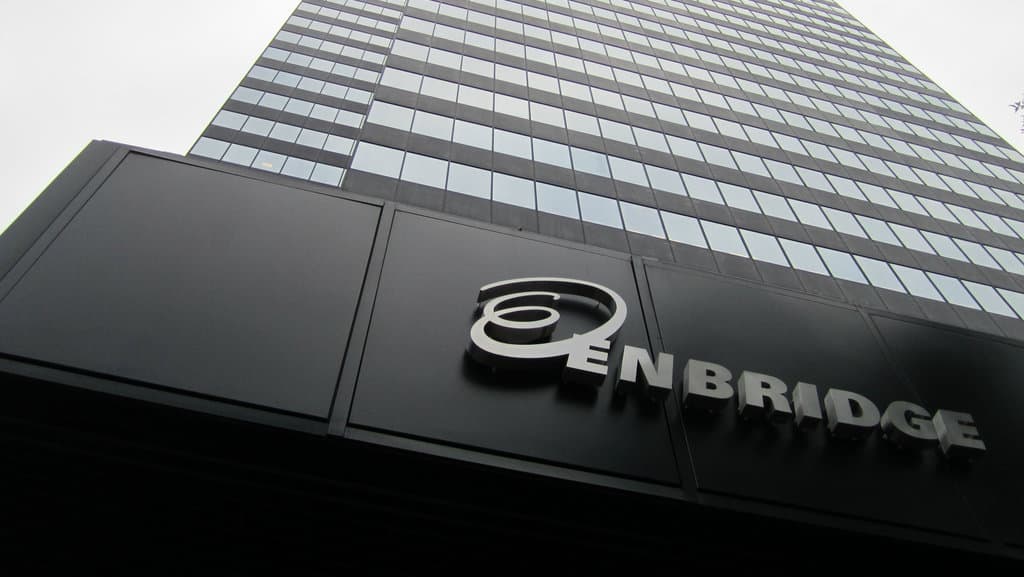Enbridge (TSX:ENB)(NYSE:ENB) is one of the largest energy generation, distribution, and transportation companies in North America. The company recently announced a dividend hike of 10%, just as it had promised investors. While ENB is no stranger to dividend increases, there are some concerns over its seemingly abnormally high dividend-payout ratio, which currently sits at 140%.
The payout ratio is an indicator of dividend sustainability; it tells investors what percentage of earnings a company distributes as dividends. ENB’s high payout ratio seems to indicate the firm’s inability to increase its dividends further.
ENB’s payout ratio warrants a second look, however. The company has vowed to increase its dividends by 10-18% every year until 2020 and is currently on a 22-year streak of consecutive dividend increases. High payout ratios have not stopped the company from increasing its dividends before.
The payout ratio has one major drawback. Since it is calculated by taking dividends paid as a percentage of net income, it takes into account non-cash charges, including depreciation, amortization, and impairment of assets.
This drawback is especially significant for companies whose operations rely on infrastructure as much as energy transportation and distribution companies do. By way of comparison, TransCanada (one of Enbridge’s main competitors) has a five-year average payout ratio of 195%.
Distributable cash flow
Comparing dividends as a percentage of cash flows generated by the company’s operations is far more reliable since doing so ignores non-cash items. ENB records a figure called distributable cash flow, or DCF. This figure was formally known as adjusted cash flows from operations, but the calculation method hasn’t changed. Dividends paid by the company generally represent less than 65% of its DCF.
A few years ago, ENB’s management set a goal to increase the company’s DCF every year through at least 2020. So far, the company is keeping its promise. Over the past four years, ENB’s DCF grew by 82%, which represents a yearly average of more than 20%. The company’s DCF for this year already surpasses last year’s after just three quarters reported. The rate at which ENB’s DCF is increasing is more than enough to cover its dividend increases.
The bottom line
In 2016, Enbridge acquired 83% Spectra Energy, an energy distribution company headquartered in Texas. Last June, ENB announced a deal to acquire all outstanding shares of Spectra. This acquisition furthers ENB’s reach into an industry in which it already is one of the biggest players and especially strengthens the company’s U.S. operations.
Analysts expect ENB’s earnings to grow at a rate of about 10-12% over the next five years. ENB’s DCF growth rate will probably be even higher, especially since much of it will be generated from secure sources (i.e., fee-based contracts). Thus, investors need not fear that ENB will suddenly stop paying dividends or even give up on its dividend increases.









